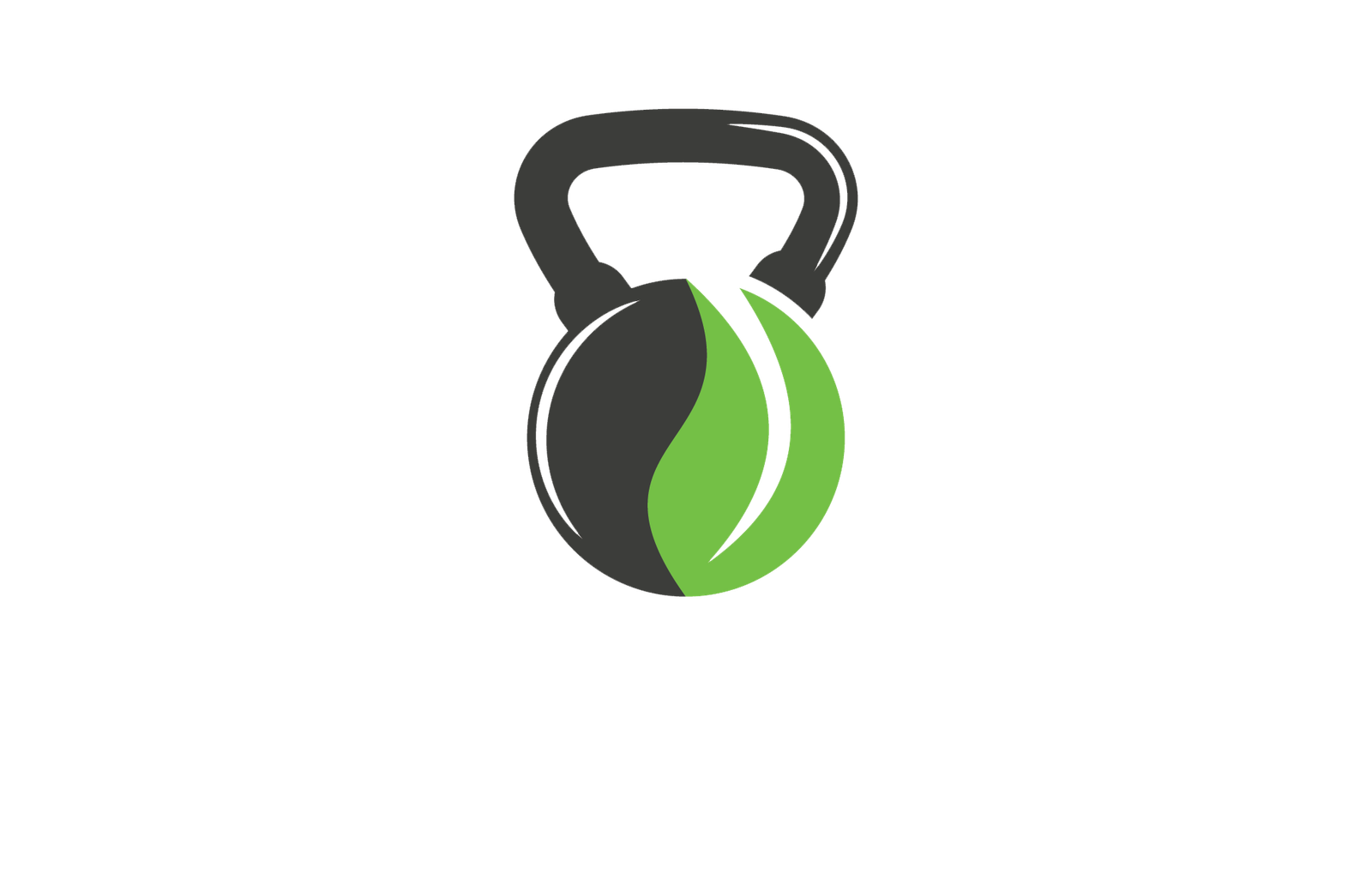Don't miss our holiday offer - 20% OFF!

Core Strength Workouts for a Stronger Midsection
We're building a strong core foundation, recognizing that a resilient midsection is the key to harnessing efficient functional movement, reducing injury risk, and amplifying overall athletic performance. A strong core foundation enables us to generate force and momentum from a solid base, tackling challenging exercises and activities with confidence and precision. We'll focus on essential exercises like Core Ignition, Russian twists, and Superman poses to target our abs, obliques, and lower back. By incorporating these exercises into our workout routine, we'll achieve a stronger, more resilient core that improves overall performance and daily functioning – and that's just the beginning of our core strength journey.
Key Takeaways
- A strong core foundation is essential for effective functional movement, reducing injury risk, and enhancing overall athletic performance.
- Incorporating exercises like Core Ignition, Russian twists, and Superman poses into a workout routine achieves a stronger, more resilient core.
- A beginner-friendly workout routine should focus on exercises that strengthen core muscles without putting excessive strain on backs or joints.
- Advanced core training techniques, such as plyometric rotations and electrostimulation training, can take core strength to the next level.
- Strengthening the core maintains good posture, reduces the risk of strains and pulls, and enables generation of more force and speed in movements.
Building a Strong Core Foundation
We begin building a strong core foundation by understanding that our core muscles, including our abs, obliques, and lower back, are the pillars that support our entire body, enabling us to move with power, stability, and precision. A strong core is essential for effective functional movement, allowing us to perform daily tasks and exercises with ease and efficiency. To achieve this, we must develop core awareness – the ability to engage and control our core muscles at will. By cultivating core awareness, we can improve our posture, reduce our risk of injury, and enhance our overall athletic performance. As we move through our daily lives, we must focus on maintaining a strong, stable core, allowing us to generate force and momentum from a solid foundation. By doing so, we'll be able to tackle even the most challenging exercises and activities with confidence and precision. With a strong core foundation, we'll be unstoppable!
Essential Exercises for Core Strength
Now that we've established a strong core foundation, let's pump up our core strength with a set of exercises specifically designed to target our abs, obliques, and lower back. These essential exercises will help us achieve a stronger, more stable midsection. We'll start with the Core Ignition exercise, which targets our transverse abdominis muscle, the deepest abdominal muscle that wraps around our spine and pelvis. This exercise is vital for Functional Movement, as it helps stabilize our core and generate power for everyday movements.
Next, we'll move on to exercises that target our obliques, such as Russian twists and bicycle crunches. These exercises will help improve our rotational strength and stability. We'll also incorporate exercises that target our lower back, such as superman and bird dog poses, to improve our posture and reduce back pain. By incorporating these exercises into our workout routine, we'll be able to achieve a stronger, more resilient core that will improve our overall athletic performance and daily functioning.
Core Workout Routines for Beginners
Let's kick off our core workout journey with a routine that's tailored to beginners, focusing on exercises that are easy to learn, yet still pack a punch for building a solid core foundation. As we start our core strength journey, prioritizing pain prevention is crucial. We'll focus on exercises that strengthen our core muscles without putting excessive strain on our backs or joints.
Our beginner-friendly workout routine will consist of 3-4 times a week, with 2-3 sets of 8-12 reps for each exercise. We'll start with simple exercises like planks, bicycle crunches, and leg raises, gradually increasing the intensity as we progress. Remember to listen to our bodies and take rest days as needed.
To maintain consistency, let's schedule our workouts at the same time every week. We can start with morning workouts, 20-30 minutes a day, and adjust as needed. By committing to our workout schedules, we'll be on our way to building a stronger, more resilient core. Stay motivated, and let's get started on our core strength journey!
Advanced Core Training Techniques
As we graduate to advanced core training, we're ready to challenge our core muscles with more complex movements, increased intensity, and precise control, taking our core strength to the next level. We'll incorporate advanced techniques that target specific muscle groups, pushing us to new heights of core strength and stability. Plyometric Rotations, for instance, will help us develop explosive power and speed, while Electrostimulation Training will enhance muscle contraction and recruitment. We'll also focus on dynamic movements that engage multiple planes of motion, such as rotational exercises and lateral movements, to strengthen our core from every angle. With advanced core training, we'll be able to tackle more complex exercises, like single-arm and single-leg movements, that require precision and control. As we progress, we'll notice significant improvements in our overall athletic performance, balance, and posture. By pushing ourselves with advanced core training techniques, we'll tap into a stronger, more resilient core that will take our fitness journey to new heights.
Core Strengthening for Better Performance
By incorporating core strengthening exercises into our fitness routines, we can substantially enhance our overall athletic performance, powering us to achieve new personal bests and crush our fitness goals. A strong core is the foundation of athletic efficiency, allowing us to generate more power, speed, and agility in our movements. When our core is weak, we're more prone to injuries, which can sideline us for weeks or even months. By strengthening our core, we're not only improving our performance but also preventing injuries. A strong core helps us maintain good posture, reducing the risk of strains and pulls. It also enables us to generate more force and speed, making us more efficient in our movements. As we build a stronger core, we'll notice significant improvements in our athletic performance, from increased endurance to enhanced overall fitness. By prioritizing core strengthening exercises, we'll be able to take our fitness to the next level, achieving new heights of athletic efficiency and performance.
Frequently Asked Questions
Can I Do Core Exercises With a Pre-Existing Back Injury?
"We can still do core exercises with a pre-existing back injury; we just need to make injury modifications and incorporate gentle stretches to avoid exacerbating the issue, ensuring a safe and effective workout."
How Often Should I Train My Core for Optimal Results?
We're aiming for peak core results, so we'll train our core 2-3 times a week, with at least a day's rest in between, to guarantee consistent workout frequency and allow for proper recovery.
Are There Any Core Exercises Suitable for Pregnant Women?
We modify exercises for prenatal safety, focusing on gentle, low-impact movements that promote core stability. Postpartum recovery exercises target rebuilding core strength, helping new moms regain their pre-pregnancy physique and confidence.
Can Core Exercises Help Alleviate Lower Back Pain?
As we navigate life's twists and turns, our backs often bear the brunt, but we've discovered a trusted ally: core exercises. By strengthening our core, we can correct posture, rectify muscle imbalance, and alleviate lower back pain, freeing us to stand tall once more.
Do I Need to Warm up Before Starting a Core Workout?
Before diving into any workout, we always make time for a dynamic warm-up, incorporating proper breathing techniques to get our blood flowing and muscles ready, just like we do in our morning routines.
Conclusion
As we forge a formidable fortress around our midsection, a foundation of steel takes shape. Our cores are now catalysts for change, sparking a chain reaction of power and precision. With each contraction, we craft a chiseled chassis, capable of withstanding life's twists and turns. As we flex and fortify, our bodies become finely-tuned machines, firing on all cylinders. The result? A symphony of strength, speed, and agility, harmoniously orchestrated by a rock-solid core.



